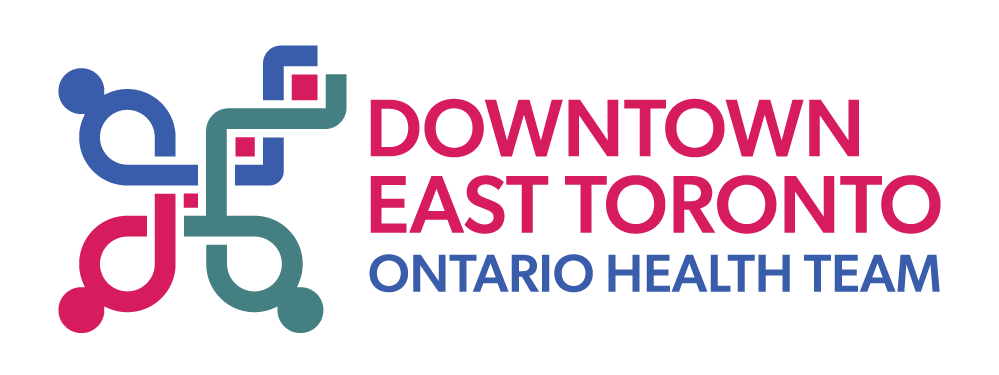Primary care capacity is an ongoing challenge throughout both the province and the country. The increased need for primary care access amidst the COVID-19 pandemic necessitated the transition of Regent Park Community Health Centre’s COVID-19 vaccine clinic into a primary care clinic called the Wellness Hub.
In collaboration with St. James Town Community Corner, Sherbourne Health, and DET OHT, the Wellness Hub aimed to serve refugees, immigrants, racialized individuals, and LGBTQ+ communities. The clinic focused on preventive screenings and chronic diseases management.
In the final part of this two-part dialogue (read part one), Monika Dalmacio, Director of Clinical Operations at Sherbourne Health, and Maryam Ebrahimpour, Senior Director of Primary Health Care at Regent Park Community Health Centre, share their reflections on some of their most memorable experiences.
Could each of you share a particular memory from the entire journey of Wellness Hub that holds a special significance for you?
Monika Dalmacio: I will share a story about one of our clients.
A refugee from Afghanistan was found homeless at a subway station by our community ambassadors. They noticed his distress. He was alone in Canada, facing language barriers that hindered his access to necessary health and social care services.
Before arriving in Canada, he had experienced intense trauma in Afghanistan. His arrival was not smooth either. He was detained, lost all his medications, and experienced deteriorating mental health.
Within four days of being approached by our community ambassadors, he visited the Wellness Hub. He received comprehensive primary care and a mental health assessment. We initiated his medications, scheduled regular follow-ups, and connected him with our mental health counselor.
We connected him with an employment counsellor and training programs to improve his job market skills. As a result, he found a job with a construction company and eventually moved out of the shelter system. Additionally, he began attending English language classes.
During the Wellness Hub wrap-up celebration, I spoke with our team supporting this client. They informed me that his family members had also arrived in Canada. Although the Wellness Hub has unfortunately closed, this client is now equipped with a job and knowledge of the systems in Canada. Not every story will be as clear a big win as this one. But I love sharing it with others when discussing the Wellness Hub.
Maryam Ebrahimpour: What stands out to me is the power of a unified system working together. As Monika was speaking, I was thinking of the image from the wrap-up celebration in March 2023. All the partners were there, and we took a snapshot of those who came to the celebration. Monika’s story illustrates the importance of seamless transitions between programs and partners, and knowing the right questions to engage those unaware of their needs.
How have the opportunities in primary care, highlighted by the Wellness Hub, strengthened your conviction to focus on them more than ever before?
Maryam Ebrahimpour: While not new information, the capacity of primary care across the province and country offers an opportunity for increased focus. It was a challenge to find long-term primary care providers for clients accessing the Wellness Hub.
So, the importance of working as a unified system has further convinced me to prioritize primary care and Black health.
Any concluding thoughts or comments you would like to add?
Monika Dalmacio: The model has been a great success with community ambassador support and capacity-building opportunities.
One of our staff at the Wellness Hub started as a community ambassador and is now a medical secretary. Similarly, another community ambassador is now a system navigator.
So, I am thankful for these components of the Wellness Hub.
Maryam Ebrahimpour: I would like to extend a special thank you to everybody who was involved – the leadership, the front line staff, and the community ambassadors. The level of dedication from everyone was truly remarkable. Often, they sacrificed their weekends, arrived early, and stayed late. Everyone worked on top of their existing responsibilities and put in extra hours. I cannot thank them enough.

